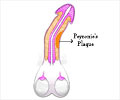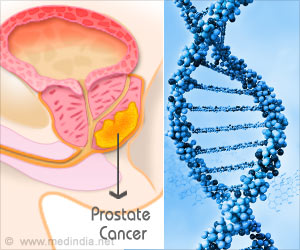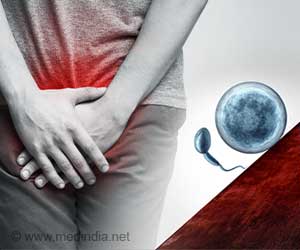Study says lifestyle modifications and pharmaceutical treatment of risk factors for cardiovascular disease are associated with improvement in sexual function among men with erectile dysfunction

Bhanu P. Gupta, M.D., and colleagues with the Mayo Clinic, Rochester, Minn., conducted a meta-analysis of six previous randomized controlled trials from four countries to evaluate the effects of lifestyle intervention and pharmaceutical treatment of cardiovascular risk factors on the severity of ED.
The six trials examined in the meta-analysis included a total of 740 participants, with the number of participants per trial ranging from 12 to 372. Average age of the participants was 55.4 years and the study duration ranged from 12 to 104 weeks. All studies included in the analysis showed improvement in ED with lifestyle changes and improvement in blood lipid parameters.
The authors found that improvement in CV risk factors was associated with statistically significant improvement in sexual function in men with ED. When trials using pharmaceutical treatment were excluded and only studies using lifestyle interventions were examined, the improvement in sexual function was still statistically significant. Pharmaceutical treatment targeting CV risk factors also demonstrated improvement in sexual function.
"In summary, this study further strengthens the evidence of improvement in ED and maintenance of sexual function with lifestyle intervention and CV risk factor reduction," the authors write. "Men with ED provide an opportunity to identify CV risk factors and initiate lifestyle changes."
(Arch Intern Med. Published online September 12, 2011. doi:10.1001/archinternmed.2011.440. Available pre-embargo to the media at www.jamamedia.org.)
Editor's Note: Please see the article for additional information, including other authors, author contributions and affiliations, financial disclosures, funding and support, etc.
Commentary: Quality of Lifestyle and Quality of Life
In an accompanying commentary, Militza Moreno, M.D., and Thomas A. Pearson, M.D., M.P.H., Ph.D., both of the University of Rochester School of Medicine and Dentistry, New York, discuss the link between a healthy lifestyle and quality of life, writing, "the number of health benefits that accrue to persons with healthy lifestyles continue to increase in number and importance."
Moreno and Pearson also note that the meta-analysis conducted by Gupta et al shows the "meaningful benefits of healthy lifestyle on cerebrovascular disease and erectile dysfunction." They continue to say that, "the increasing epidemic of obesity in the United States is a clarion call to step up our efforts to motivate our patients and the public at large to make even small changes toward healthier lifestyles. These new associations between healthy lifestyles and reducing incidence of stroke, congestive heart failure, and ED can add additional powerful persuaders."
"The cost of hospital admissions, physician visits, and pharmacotherapy for stroke and ED are certainly enormous," they write. "Both clinicians and public health practitioners should be reassured that the benefits of their lifestyle modification efforts are overwhelmingly positive and continue to grow, and we should renew our efforts to help patients add life to the years, as well as years to life."
(Arch Intern Med. Published online September 12, 2011. doi:10.1001/archinternmed.2011.442. Available pre-embargo to the media at www.jamamedia.org.)
Editor's Note: Please see the article for additional information, including other authors, author contributions and affiliations, financial disclosures, funding and support, etc.
Source-Eurekalert














